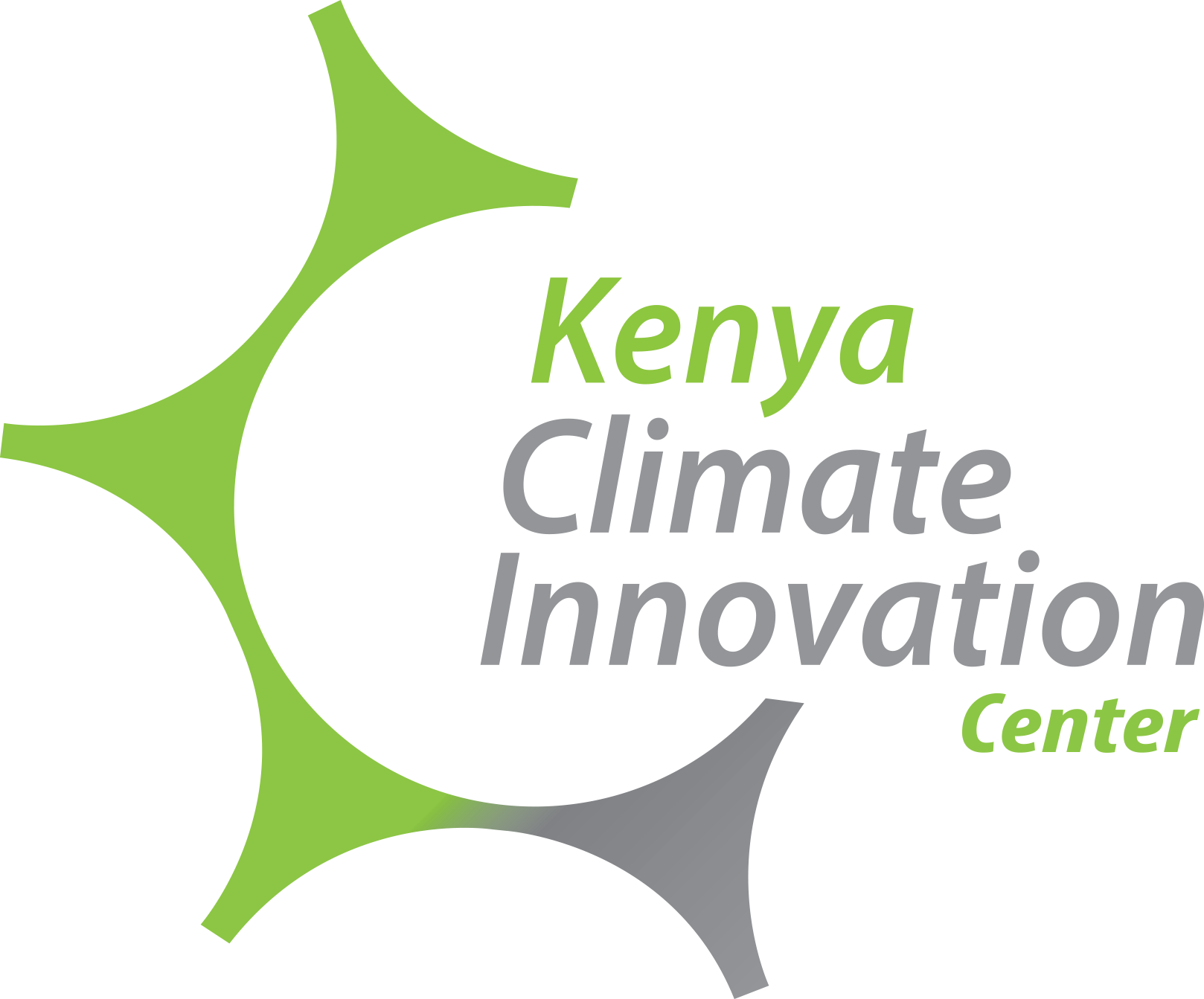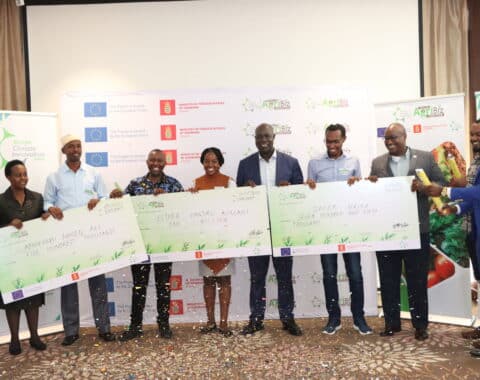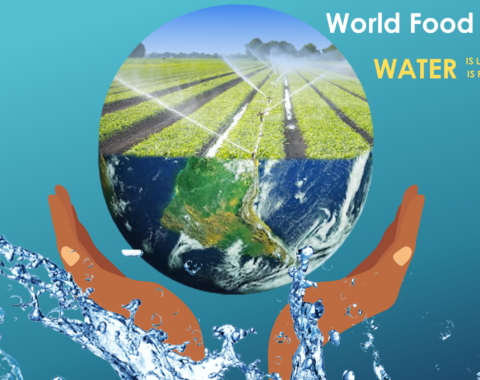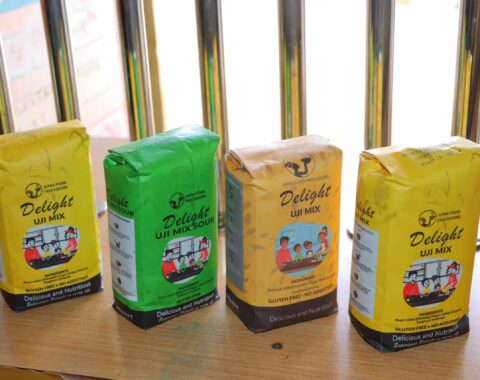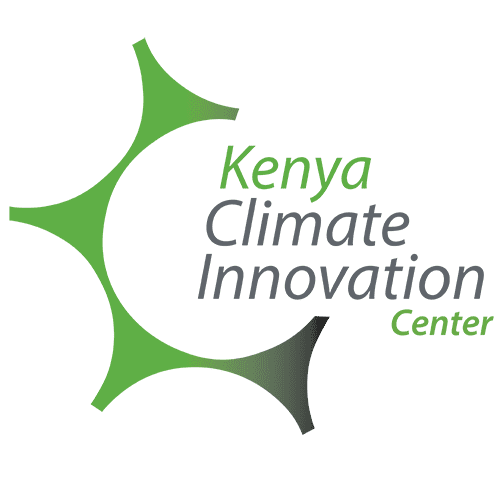Early this year KCIC in partnership with United States Agency International Development (USAID) and other partners organized the first ever Northern Kenya Impact investment conference. The event was focused on the current state of investment in Northern Kenya, the potential and challenges of investing in the region. According to the World Bank, three-quarters of the people living in Northern Kenya are in abject poverty. It thus calls for more investments to improve the people’s living standards and harness productivity in the region.
Only a small quantity of agriculture is used as a supplement to the predominant livelihood activity of pastoralism. Food insecurity, persistent poverty, lack of human capital, and subpar health standards are some of the region’s developmental issues. Climate change is a concern, as agriculture and cattle yield are both low.
Livestock and its products can significantly contribute to the country’s economy. Through selling products both locally and across the borders, revenue earned can be used to promote more development in the region. Development projects such as the North and North Eastern Development Initiative have also been put up to help exploit livestock and crop farming, promoting development. Investing in livestock keeping will definitely increase incomes and reduce food insecurity.
Research by the Kenya Climate Smart Agriculture Project (KCSAP) reveals that pastoralism and agriculture form the backbone of the economy in the North. Only about 30% of the potential in the North has been exploited so far, and a more significant 70% remains uncovered. The government is putting up more development projects to enhance exploitation.
Communities without electricity will have limited opportunity to take advantage of life’s economic and social opportunities. Most areas have a limited power supply, slowing down production and general output. KCIC is on the lead to put in measures to harness renewable sources of energy hence reducing poverty. Victorian foods based in Lake Turkana is one such company which has been receiving training from KCIC on how to use solar energy instead of diesel engines for their production. The enterprise which is a beneficiary of the AgriBiz program is on the verge of transitioning to solar energy.
Investment in all these factors will progressively expand the options open to dry land populations and their ability to capitalize on them. The increasing numbers of people need alternatives to natural resource-based livelihoods. A sound grasp of dryland dynamics serves as the foundation for any investment or programming decision.
If these options and capacities are expanded, then some of the challenges faced by the poorest households will be addressed, enabling the economy to flourish and promote collaborative planning and programming of resources.
A wide range of livelihood strategies are likely to be strengthened by investing in people and material resources. For example, the outstanding potential lying in women and girls and their demonstrable strengths in collective action and innovation could greatly improve the way of life of the people by kicking out poverty and bringing in stability and prosperity.
Therefore, making investments in Northern Kenya is creating a brighter future for the economy of the country. Many agendas, such as Vision 2030, would also be achieved through this. It is thus an idea that should be embraced and implemented by the concerned organizations.

